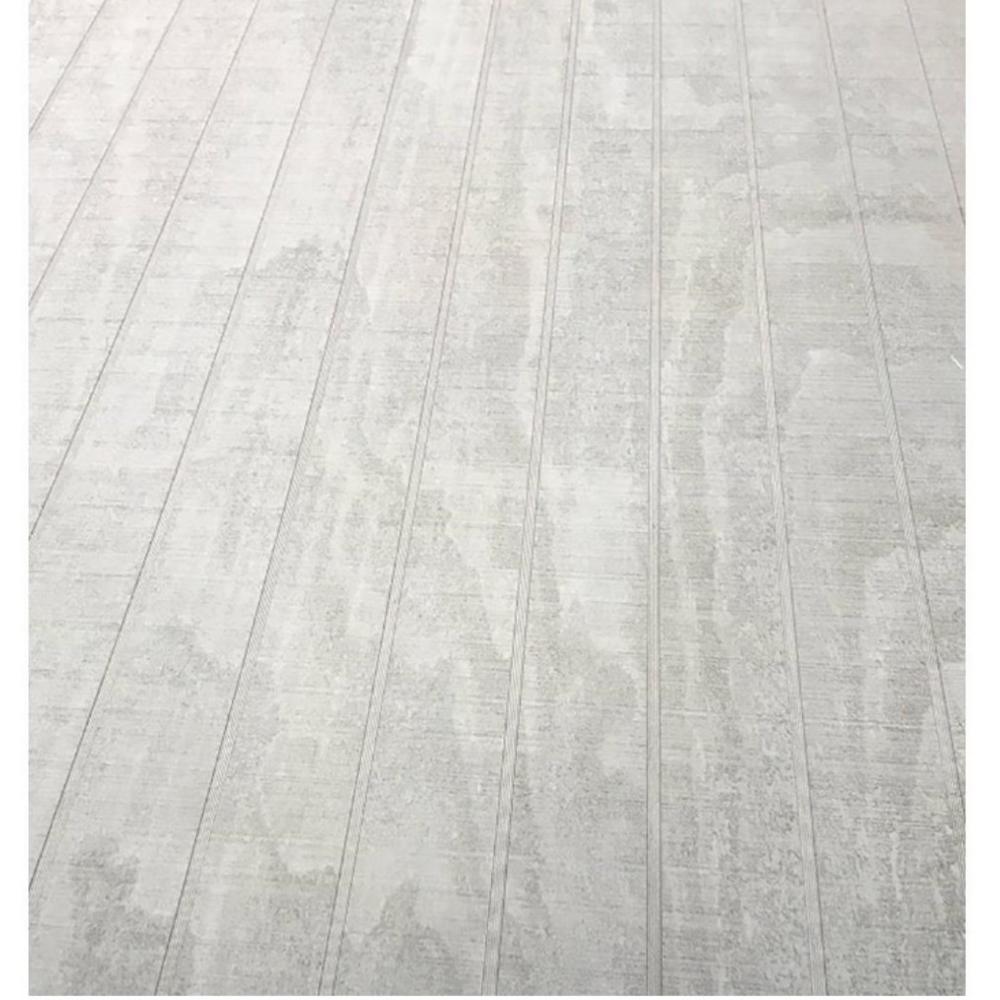All siding takes on seasonal moisture from sources as diverse as direct rain wicking and vapor diffusion through the wall assembly.
Back priming pine siding.
I would strongly suggest priming the front back edges and ends of your pine siding with an oil based exterior primer before installation.
Where is the trapped moisture coming from.
Use the paintbrush to brush the rolled primer into the wood.
Not only does back priming prevent rot it prevents bowing cupping.
You can use bin shellac primer as an exterior primer as long as it s topcoated which all primers should be.
The moisture is trapped behind the siding.
This coupled with the fact that siding is often times not vented.
When back priming be sure to prime the ends of each piece after it has been cut to fit since end grain will absorb the most moisture.
Back priming natural wood siding helps control rotting mold build up cupping and movement in the wood ultimately giving your siding and your stain finish more longevity.
Oil based primer blocks stains and fills pores well but it s noxious to use it dries slowly and it creates hazardous.
Dries in 15 minutes and is the best moisture sealant bar none.
Apply the primer to the siding with the roller.
Importance of back priming when installing wood siding.
Back priming helps prevent paint from peeling by reducing the amount of water vapor that passes through the wood.
Back priming consists of applying a coat of primer to the reverse side and edges of boards before installing.
We use it for back priming posts as well.
The best primer for pine like paint primer comes in a variety of bases.
Once the siding has been installed apply two coats of a top of the line latex exterior house paint to it.
Back priming natural wood siding helps control rotting mold build up cupping and movement in the wood ultimately giving your siding and your stain finish more longevity.

